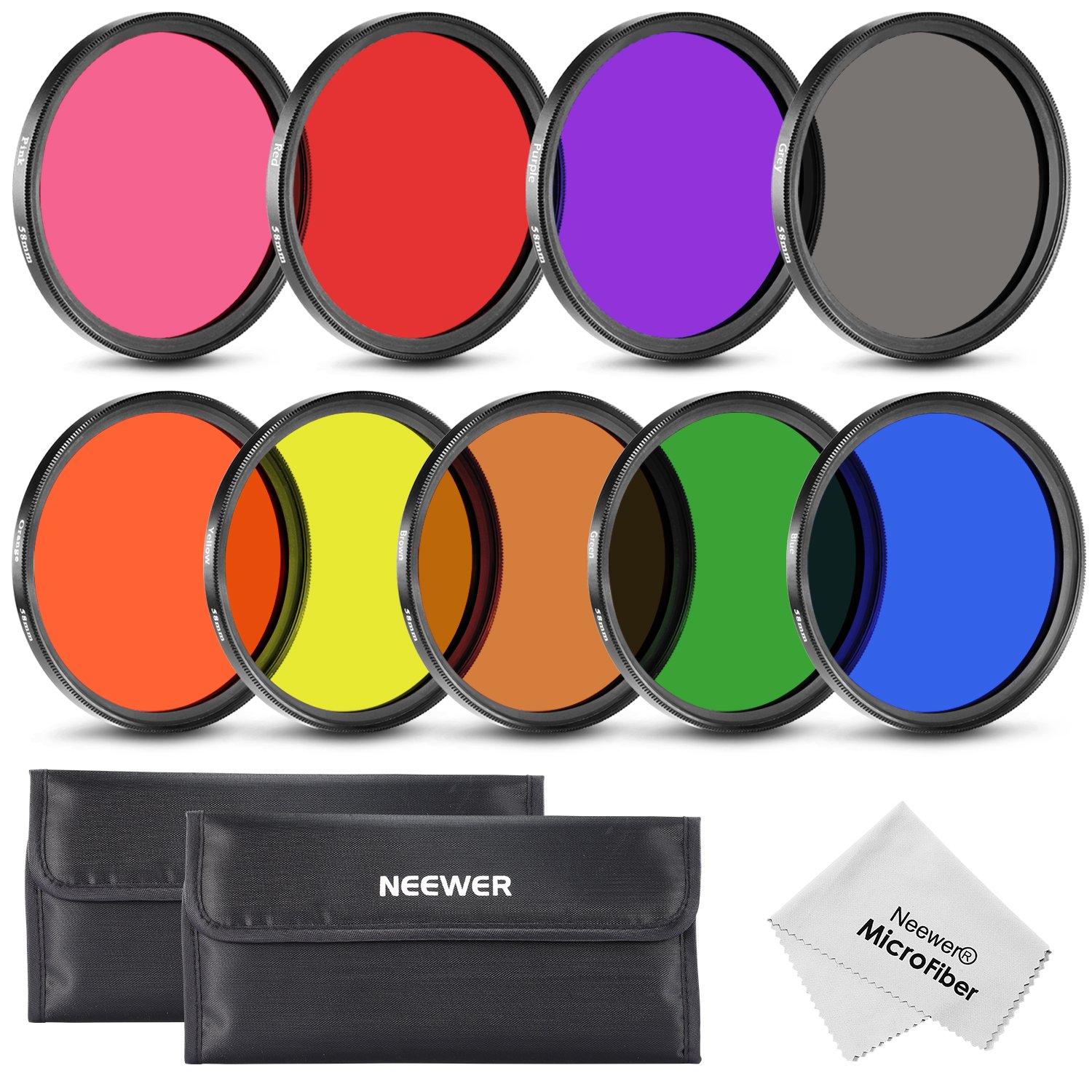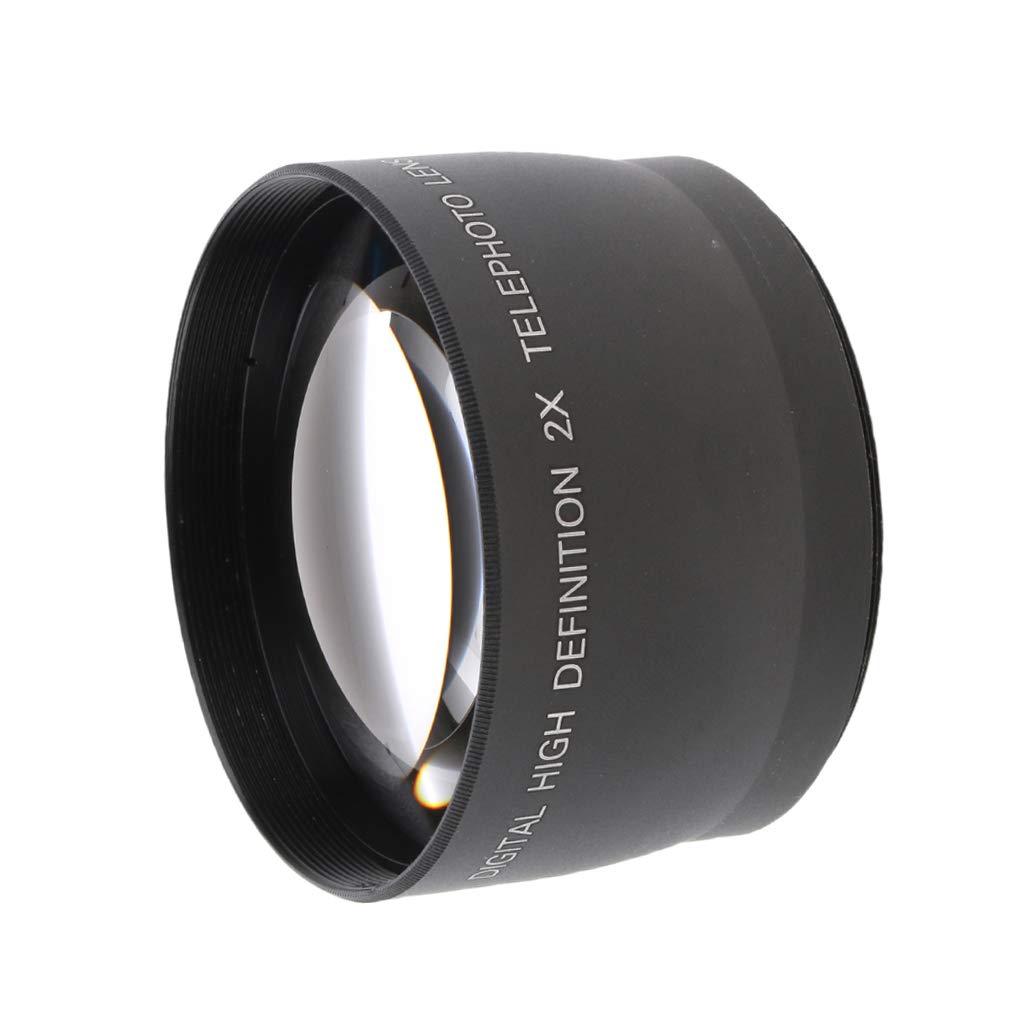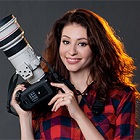Best Lens for Family Portraits

With over thousands of lenses Canon, Nikon and other camera brands have their own best lens for family portraits to help you remember all your fantastic family moments. 35mm lenses are among the most popular family portrait lenses. They are compact and perfect for kids sports and other outdoor adventures. View more to see what results you may get with these lenses.

12 Best Lenses for Family Portraits

If you are limited in your budget but want to get the highest quality results, you may combine a high-quality lens with an entry-level DSLR. So, carefully study the models that I’ve chosen for this review and maybe you can find the one that will help you succeed in family photography.
1. Canon EF 50mm f/1.2L
.jpg)
If you often have to take pictures in low light, then pay attention to this model which is the best Canon lens for family photography and close-up portraits. Thanks to the widest aperture among all the lenses of this brand, you will get incredible pictures even in the poorest light. The lens has a high-speed processor, a newly developed ring-type ultrasonic motor (USM) and improved AF algorithms. All this together gives you the opportunity to take advantage of sensitive and fast autofocus.
- If you prefer Canon camera brand and are looking for a new camera lens, look thorough my list of the best Canon wedding lenses for any budget.
You will get the correct focus thanks to a new USM. This 50 mm lens for family portraits provides excellent depth of field. Your objects stand out against a slightly blurred background. You can use the f/1.2 aperture to make your photos clearer and sharper to highlight the model's eyes.
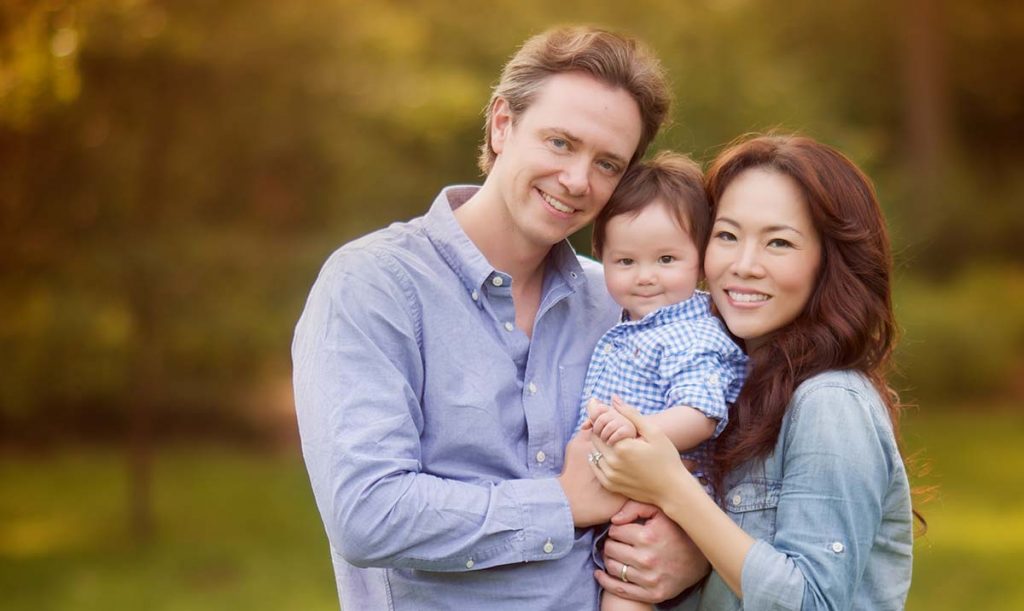 Photo by Canon EF 50mm f/1.2L
Photo by Canon EF 50mm f/1.2L 2. Nikon NIKKOR 35mm f/1.8G
.jpg)
If you like Nikon cameras and are looking for the best lens for family portraits, then you should try this model. You can use it in various situations since this lens is quite universal. This lens offers decent performance for a relatively small cost. If you use the maximum aperture, you can take pictures with good overall sharpness.
- If you’re going to try taking wedding and event photos, look through my list of the best Nikon lenses for weddings.
The autofocus system is accurate and fast. Thanks to the AF-S focusing motor, you can combine the lens with all Nikon cameras. You can easily control autofocus with the help of the focus ring. You will also appreciate the silent operation of the AF system. This is a great lens for family photography that is not inferior to professional Nikkor Prime models.
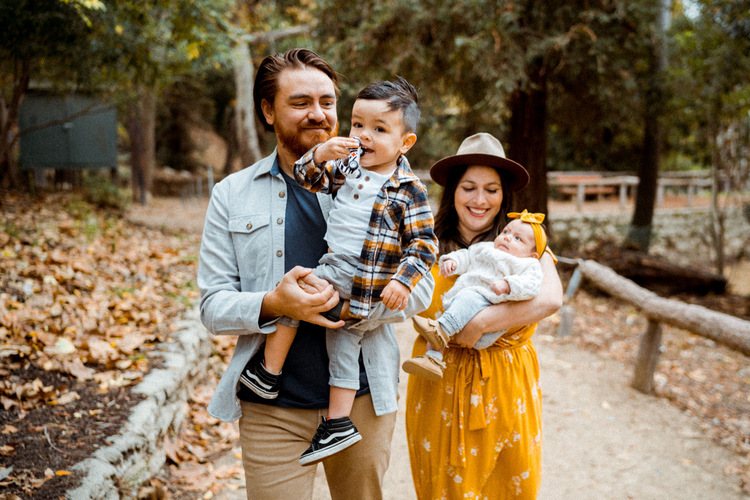 Photo by Nikon NIKKOR 35mm f/1.8G
Photo by Nikon NIKKOR 35mm f/1.8G 3. Sony FE 90mm f/2.8
.jpg)
It is convenient to hold thanks to a well-thought design. In addition, you'll love the focus ring and switches. It has a small weight. However, I would like to mention that it may take you more time to focus if you use longer focal lengths.
- If you’re interested what lenses are good for what purposes, look through my review of the best lenses for real estate photography you may use to take perfect interior and exterior images.
The lens is capable of taking awesome pictures up to f8. Of course, in order to achieve perfect results, you will need to edit the images. You should pay special attention to color channels. This lens for family portraits акщь Sony has excellent sharpness values and that is an important feature for this photography genre.
 Photo by Sony FE 90mm f/2.8
Photo by Sony FE 90mm f/2.8 4. Canon EF 24-70mm f/2.8L II
.jpg)
This is the best lens for group portraits, landscape and wedding photo sessions. You can use it for different lighting conditions and expect amazing results. Photos taken with Canon lens are of high quality and look professional. You certainly appreciate its ability to switch quickly from head-shots to full-length ones.
- View more about what are the best lenses for portraits taken in the studio and outdoors.
You can immediately react to unexpected actions and capture all the key moments. If you shoot with a wide open aperture, you get a subtle shallow depth of field effect. With the telephoto option, you get a slightly blurred background.
 Photo by Canon EF 24-70mm f/2.8L II
Photo by Canon EF 24-70mm f/2.8L II 5. Tamron 45mm F/1.8
.jpg)
If you are wondering what lens to use for portraits, consider Tamron 45mm F/1.8. It has many useful features. Excellent image stabilization, weather protection, nine aperture blades, and a reliable body are the main advantages of this device. This is the best lens for family portraits according to many experienced photographers.
You can get very clear and sharp images with its help. The ability to isolate an object from the background is another plus of this lens. This feature is very rare in our time, even among the more expensive Nikon models. Another nice bonus is the beautiful bokeh.
 Photo by Tamron 45mm F/1.8
Photo by Tamron 45mm F/1.8 6. Sigma 50mm F1.4 ART
.jpg)
If you are looking for the best lens for family portraits, pay attention to Sigma 50/1.4 Art. The lens has a modern, stylish design and reliable case. You can get incredibly bright and clear photos using this model.
- If you’re going to take baby photos, you should have the best lens for newborn photography to avoid distortions and problems with poor daylight.
Its large size and heavy weight is a slight disadvantage of this device. However, the build quality of the lens is amazing. Multi-layer illumination will help photographers eliminate glare as well as increase the contrast and brightness of the image.
 Photo by Sigma 50mm F1.4 ART
Photo by Sigma 50mm F1.4 ART 7. Fujinon XF 56mm f/1.2 R
.jpg)
Fujifilm 56mm f1.2 is the sharpest lens for family photography. It’s very difficult to find lenses for mirrorless cameras of such high quality. Fujifilm 56mm f1.2 has a modern design, good performance, and a durable body. It can make an incredibly beautiful bokeh and focuses very quickly.
The color rendition and details are accurate. Fujifilm 56mm f1.2 has a fairly high price, so this tool is available only for real professionals looking for the best lens for group photos. Fujifilm 56mm f1.2 is a great variant for studio work as well. Its built-in flash will help you get the highest quality image.
 Photo by Fujinon XF56mm f/1.2 R
Photo by Fujinon XF56mm f/1.2 R 8. Olympus M.ZUIKO ED 75mm f/1.8
.jpg)
This is an incredibly durable and reliable lens. It copes well with work in low light. Olympus M.ZUIKO ED 75mm f/1.8 will help you take sharp and clear images with almost no distortion. It can compete even with the best Canon lens for family portraits. If you like working with MFT systems, you should pay more attention to Olympus M.ZUIKO ED 75mm f/1.8 and think about buying it.
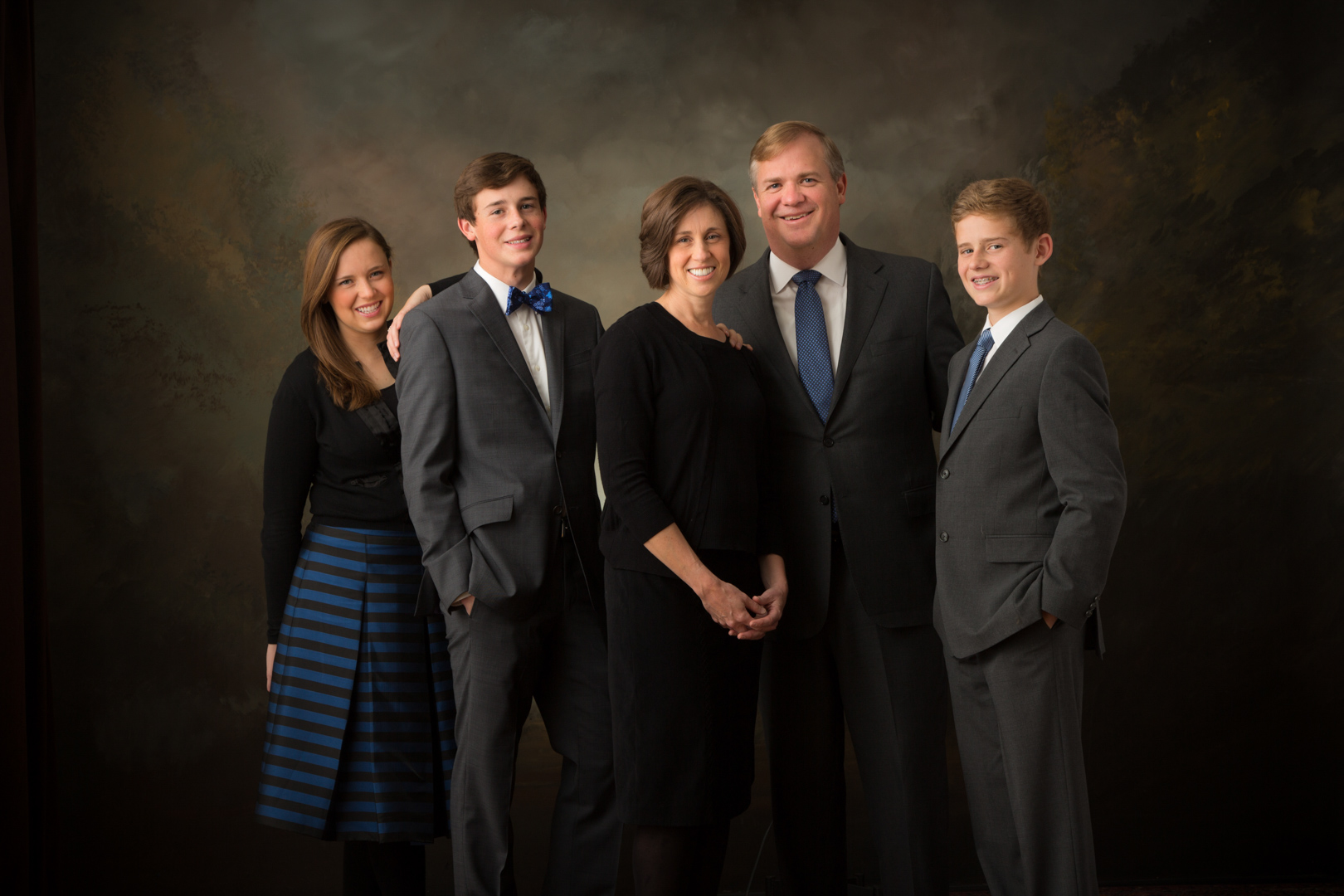 Photo by Olympus M.ZUIKO ED 75mm f/1.8
Photo by Olympus M.ZUIKO ED 75mm f/1.8 9. Canon EF 70-200mm f/2.8L IS II
.jpg)
This lens is great for wedding photographers, sports reporters, photojournalists, etc. I want to mention several undoubted advantages of this lens for family portraits: image stabilization system, a short telephoto to zoom telephoto range, a maximum f/2.8 aperture throughout its focal range. It is compact enough for ordinary tele zoom. In addition, its sharpness is impressive.
- If you’re going to take family lifestyle product photography, look through my list of recommended lenses for product photography.
The performance of this Canon lens is at the proper level and is worth the money spent on it. It does an excellent job with both individual and group family shots. The lens has wonderful autofocus. The model uses traditional Canon ultrasonic motor. It is great for professional shooting in various conditions. It has reliable protection against water and dust. You can shoot both moving and static objects using two modes of four-stop image stabilization.
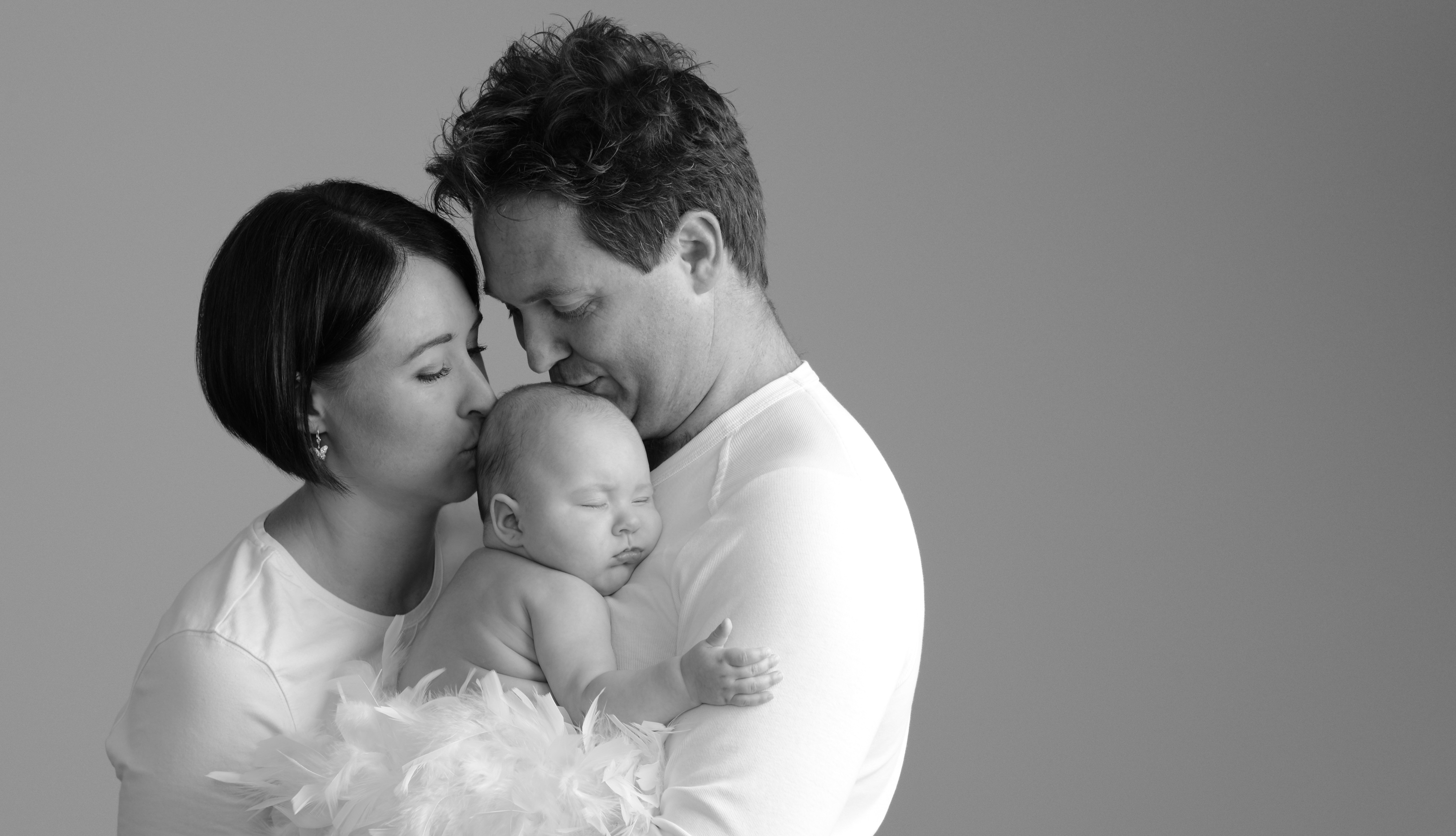 Photo by Canon EF 70-200mm f/2.8L IS II
Photo by Canon EF 70-200mm f/2.8L IS II 10. Nikon NIKKOR 105mm f/2.8G IF-ED
.jpg)
If you need a lens for taking close-ups with the possibility to work in low light, then pay attention to this model. This macro lens for portrait photography offers excellent performance and good focusing at close distances. It can take a full-size picture onto a full-frame image sensor. This lens has a cool f/2.8 aperture and decent optical stabilization. You can easily adjust the autofocus settings with the manual focus ring.
It is quite wide and conveniently located. Perhaps, the VR technology is useful in many situations but for macro shooting, it is not particularly important. To get the necessary sharpness, you may need to use a tripod because while using the high magnification ratios you get a shallow depth-of-field. When shooting with a tripod, the VR technology is of less importance.
 Photo by Nikon NIKKOR 105mm f/2.8G IF-ED
Photo by Nikon NIKKOR 105mm f/2.8G IF-ED 11. Nikon Nikkor 50mm f/1.8G
.jpg)
The standard 50 mm lens stands out with its low weight and compactness. You can use the lens for low light shooting thanks to a large f/1.8 aperture ratio. This lens provides you with a bright image in the viewfinder and is capable of producing a small depth of clearly marked space. The design is quite strong. The exterior of the lens is made of plastic and mounts are metal.
- For beautiful group family portraits at wedding, I recommend you to use one of the following lenses for wedding photography.
A wide focus ring is rubberized and ribbed. This model is superior to expensive Nikon 50mm f/1.4G in focusing speed. Comparing these two lenses, I noticed that the 50mm f/1.8G works twice as fast when it comes to close focus and back (with the lens cap on).
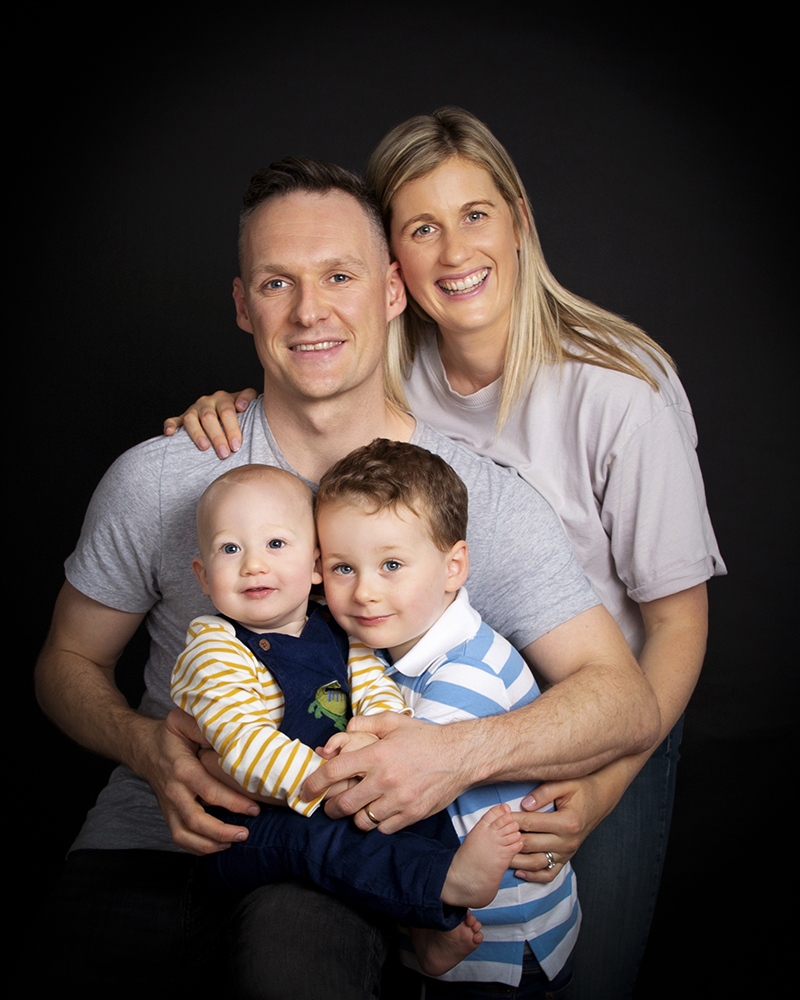 Photo by Nikon Nikkor 50mm f/1.8G
Photo by Nikon Nikkor 50mm f/1.8G 12. Canon EF 85mm F/1.8 USM
.jpg)
If you are looking for the best lens for family portraits at an affordable price, you should pay attention to this variant. It is relatively inexpensive and can produce high-quality images. The main advantage of Canon EF 85mm f/1.8 USM is incredibly fast and accurate autofocus. This feature is very important when choosing a family portrait lens.
It is an ideal option for portrait photos in which focus is on the faces and shoulders of your models. The wide aperture allows you to take very clear and detailed pictures. The device has a fairly high performance. Lightweight and compact size make this device a versatile photography tool and the best lens for family portraits from Canon.
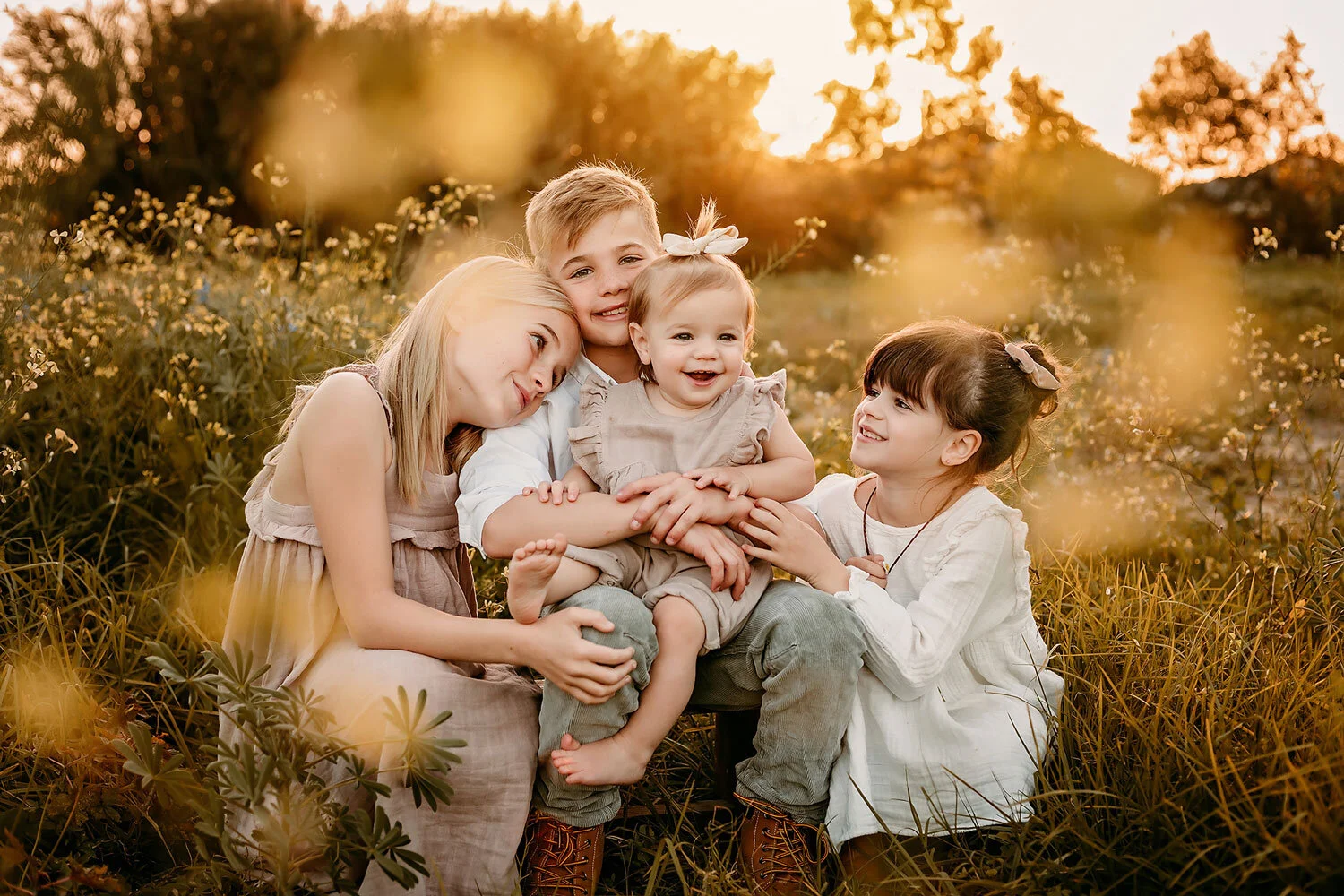 Photo by Canon EF 85mm F/1.8 USM
Photo by Canon EF 85mm F/1.8 USM Top 12 Best Lenses for Family Portraits
| Image | Camera | Features | |
|---|---|---|---|
 |
Canon EF 50mm f/1.2L
OUR CHOICE |
Check PRICE → | |
.png) |
Nikon NIKKOR 35mm f/1.8G
CHEAPEST |
Check PRICE → | |
.png) |
Canon EF 24-70mm f/2.8L II
MOST EXPENSIVE |
Check PRICE → | |
.png) |
Canon EF 70-200mm f/2.8L IS II Lens
BEST CANON |
Check PRICE → | |
.png) |
Nikon NIKKOR 105mm f/2.8G IF-ED Lens
BEST NIKON |
Check PRICE → | |
.png) |
Nikon NIKKOR 50mm f/1.8G
|
Check PRICE → | |
.png) |
Sony FE 90mm f/2.8
|
Check PRICE → | |
.png) |
Canon EF 85mm f/1.8 USM
|
Check PRICE → | |
 |
Tamron 45mm f/1.8
|
Check PRICE → | |
 |
Sigma 50mm f/1.4 ART
|
Check PRICE → | |
 |
Fujinon XF 56mm f/1.2 R
|
Check PRICE → | |
 |
Olympus M.ZUIKO ED 75mm f/1.8
|
Check PRICE → |
How to Choose the Best Lens for Family Portraits?
Family photography is a rather complicated area of art that requires special professional knowledge and proper photo equipment.
1. Type of Lenses
There are two main types of lenses, primes and zooms. The ideal lens for family photography is a model with a fixed focal length (for example, 24 mm, 35 mm, 50 mm, etc.). Many photographers prefer prime lenses because of their maximum aperture. However, do not underestimate zooms that have wide focal ranges (for example, 24–70 mm, 70–200 mm, and others).
2. Focal Length
The very first question that you have to answer is the choice of the optimal focal length. If you are just starting your career, pay attention to 50mm lenses. Such devices cope well with many tasks. This is a very good option for beginners. As your professionalism grows, you will need to have more lenses with different focal lengths. The 85 mm lens is an ideal variant for group photos.
3. Additional Lens Equipment
I recommend you to use your lenses with additional equipment, such as light filters and adapters. Choose the perfect variant for you from this list.
Light Filters
Light filters are put on the camera lens to achieve a certain visual effect (for example, to soften the light or add a certain shade).
Adapters
Adapters are special devices that help you attach any lens to your camera. No matter what camera and lens you have – you can try everything.
Teleconverter
If you want to increase the focal distance of your lens, you should use a focal (telescopic) attachments. The teleconverter is a special optical equipment that will help you increase the focal length too.
In fact, this is a magnifying lens that you can position between your camera and a standard lens. There are 2x teleconverters that can cope with double the effect of a standard teleconverter. However, don’t overdo with such devices, because the photos don’t come out as clear as when using the appropriate lenses.
